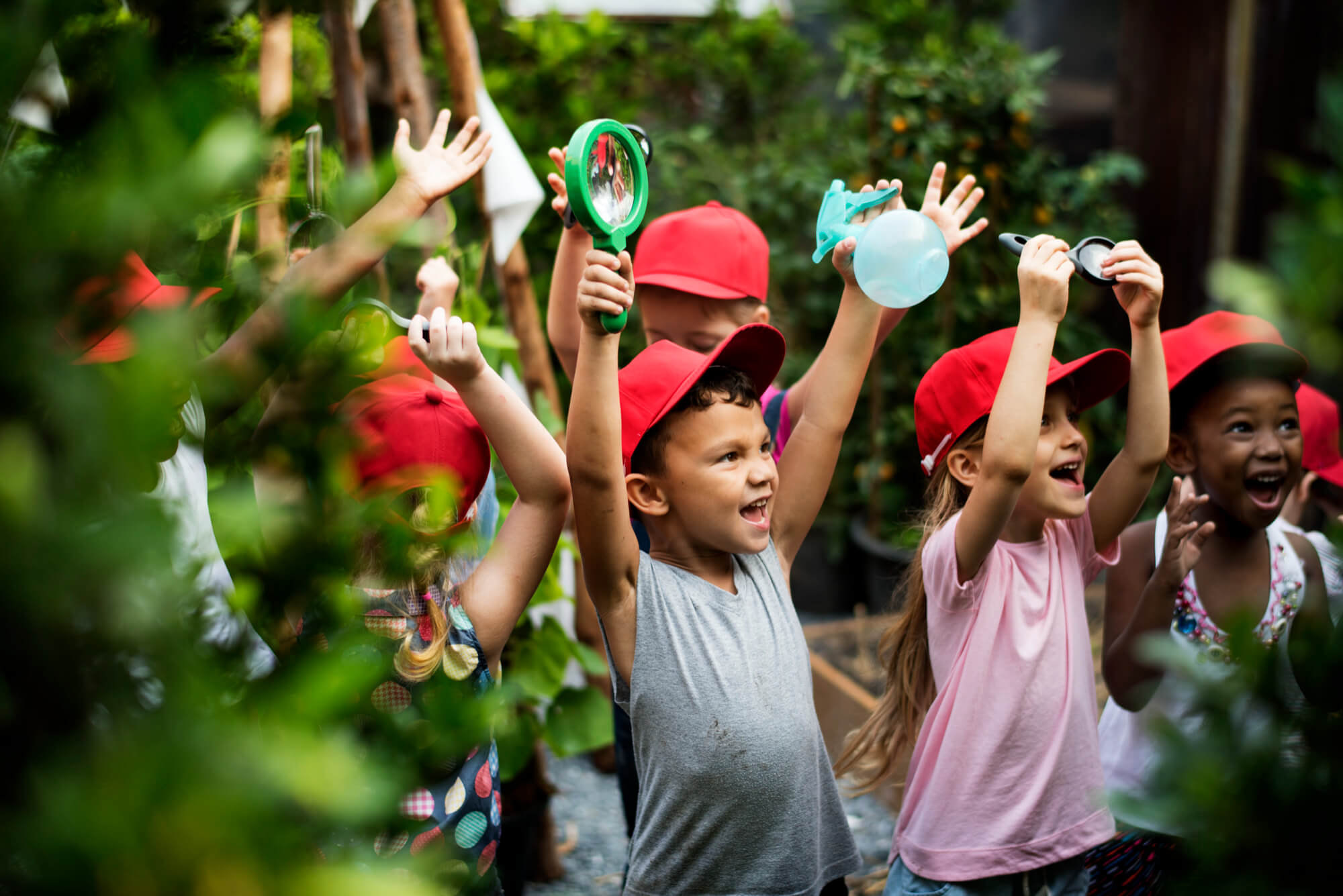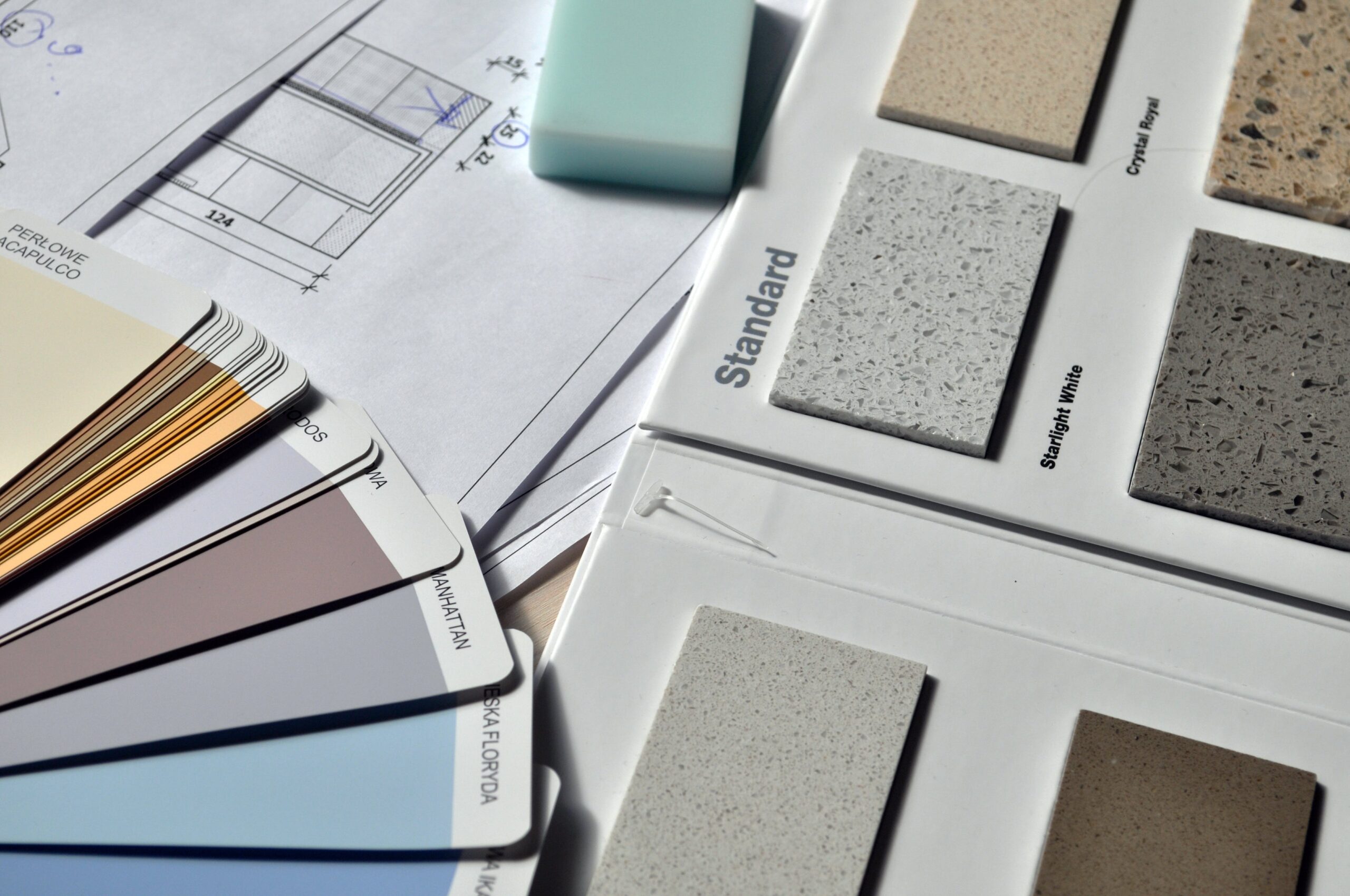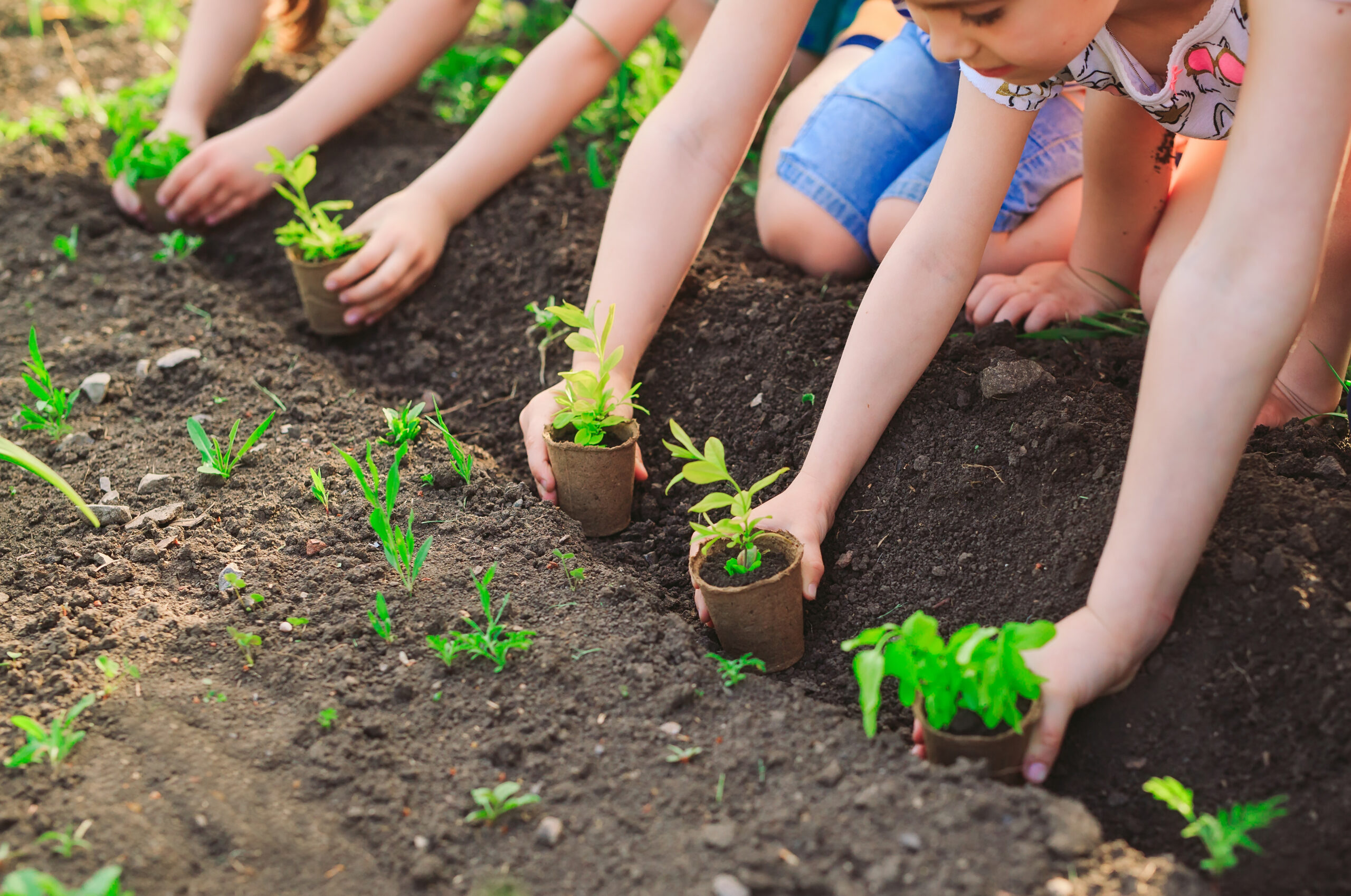Emirates Coalition for Green Schools

The Emirates Coalition for Green Schools brings together the UAE’s strongest advocates to create a national platform for the proliferation of green schools in the UAE. The vision of the Emirates Coalition for Green Schools is to ensure that every child in the UAE learns in a green school within this generation. The focus of the coalition ranges from K-12 up to tertiary level institutes.
Get Involved
- =Position on the Coalition’s Steering Committee
- =Opportunity to guide the Coalition’s strategy and deliverables through steering committee
- =Recognized as Emirates Coalition for Green Schools Champion
You can get involved by sending us an email to know more! You can also sponsor the program and get the below benefits:
Click here to view the Emirates Coalition for Green Schools sponsorship package
Green tips for School
The Emirates Coalition for Green Schools plays a pivotal role in advancing sustainable education and fostering environmentally conscious practices. By promoting the concept of green schools, the coalition ensures that educational institutions prioritize energy efficiency, resource conservation, and eco-friendly infrastructure. Green schools not only reduce environmental impact but also provide healthier learning environments, positively influencing students’ well-being and academic performance. Following simple green building tool tips for schools reinforces these efforts, offering practical guidelines to enhance sustainability. Such initiatives contribute to a greener future, nurturing a generation of responsible citizens and aligning education with the imperative global movement towards environmental stewardship.
Listed below are simple Green Building Tool tips to Green your school:

Energy-Efficient HVAC Systems with Indoor Air Quality Emphasis:

Indoor Air Quality Monitoring Systems:

Energy-Efficient Lighting:

Renewable Energy Sources:

Waste Reduction and Recycling Programs:

Sustainable Materials with Emphasis on Low Emission for IAQ:

Water Conservation Measures:

Green Landscaping for Improved Outdoor and Indoor Environment:

Environmental Education Integration:

Flexible Classroom Design:

Sustainable Food Practices:
